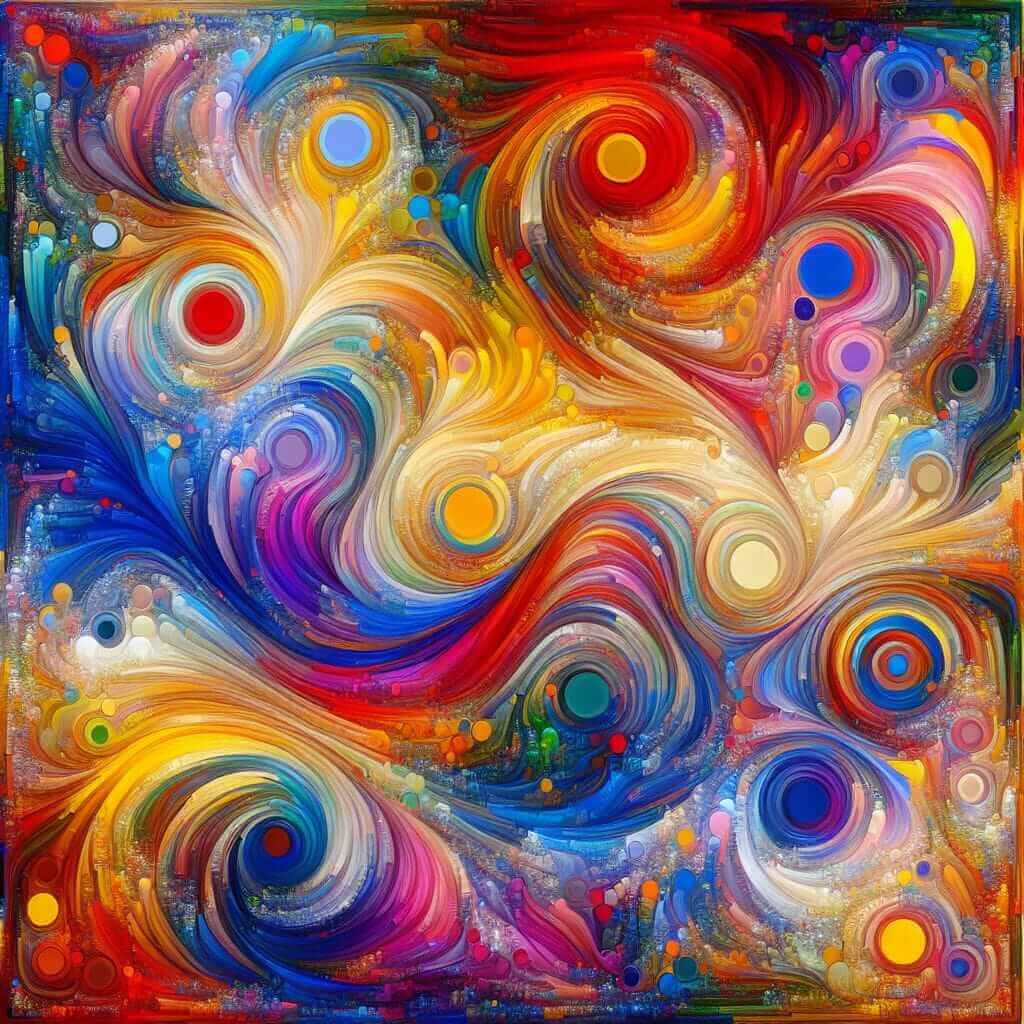The intersection of artificial intelligence (AI) and creative industries is a topic that frequently surfaces in IELTS Writing Task 2. Examining this area not only tests your ability to articulate complex ideas but also demonstrates your grasp of current technological advancements and their societal implications. This essay will delve into the effects of AI on creative industries, providing a sample answer, vocabulary analysis, and writing tips.
Nội dung bài viết
Sample IELTS Essay Question
Some people believe that the increasing use of artificial intelligence in creative industries, such as music and film, will have a negative impact on artists. Others argue that it will create new opportunities for them. Discuss both views and give your own opinion.
Essay Analysis
This question presents a classic “discuss both views” structure, requiring you to present a balanced argument before offering your own perspective.
- View 1: AI poses a threat to artists, potentially replacing human creativity and leading to job displacement.
- View 2: AI offers new tools and avenues for artists, enhancing creative possibilities and creating new roles within the industry.
Sample Essay
The increasing integration of artificial intelligence (AI) into creative fields like music and film has ignited a debate about its potential impact on artists. While some fear that AI may diminish the role of human creativity, others believe it will usher in a new era of artistic opportunities. This essay will explore both perspectives before presenting my own viewpoint.
On the one hand, concerns about AI’s negative effects on artists are not unfounded. The ability of AI to generate music, write scripts, and even create realistic visual effects raises concerns about job displacement. Artists, particularly those in entry-level positions, may find their skills becoming redundant as AI becomes more sophisticated and cost-effective. Furthermore, some argue that AI-generated art lacks the emotional depth and originality that comes from genuine human experience. This could lead to a homogenization of creative output, stifling artistic expression and innovation.

On the other hand, AI also presents exciting new possibilities for artists. AI can act as a powerful tool, automating tedious tasks, such as color correction or audio editing, freeing up artists to focus on higher-level creative decisions. Furthermore, AI algorithms can analyze vast amounts of data to identify patterns and trends, potentially inspiring new creative directions and helping artists reach wider audiences. Collaborative platforms powered by AI could connect artists across geographical boundaries, fostering new partnerships and pushing the boundaries of artistic collaboration.
In my opinion, while the potential for job displacement is a valid concern, the overall impact of AI on creative industries is likely to be positive. AI has the potential to augment human creativity rather than replace it. By embracing AI as a tool for innovation and collaboration, artists can unlock new levels of creative expression and reach broader audiences. However, it is crucial that governments and industry leaders implement measures to support artists during this transition, providing retraining opportunities and ensuring that artists retain ownership and control over their work in an AI-driven landscape.
(Word Count: 322)
Writing Notes
- Vocabulary Range: Use specific vocabulary related to AI and the arts, such as “algorithms,” “automation,” “artistic expression,” and “creative output.”
- Complex Sentence Structures: Demonstrate your command of grammar by using a variety of sentence structures, including complex and compound sentences.
- Cohesion and Coherence: Use linking words and phrases (e.g., “Furthermore,” “On the other hand”) to create a smooth flow of ideas and connect paragraphs.
- Balanced Argument: Acknowledge and address both sides of the argument fairly before presenting your own opinion.
- Real-World Examples: While not strictly necessary, briefly mentioning real-world examples of AI in creative industries (e.g., AI-generated music) can strengthen your argument.
Vocabulary
| Word | Part of Speech | Definition | Phonetic Transcription |
|---|---|---|---|
| Algorithm | Noun | A set of rules or instructions for a computer program to follow | /ˈæl.ɡə.rɪ.ðəm/ |
| Automation | Noun | The use of machines to do work that was previously done by people | /ˌɔː.təˈmeɪ.ʃən/ |
| Artistic Expression | Noun | The act of expressing ideas or feelings through art | /ɑːrˈtɪs.tɪk ɪkˈspreʃ.ən/ |
| Creative Output | Noun | The work produced by an artist or group of artists | /kriˈeɪ.tɪv ˈaʊt.pʊt/ |
| Homogenization | Noun | The process of making things the same or similar | /həˌmɑː.dʒə.nəˈzeɪ.ʃən/ |
Conclusion
The integration of AI into creative industries is a complex issue with both potential benefits and drawbacks. By understanding the arguments on both sides and developing a nuanced perspective, you can effectively address this topic in your IELTS Writing Task 2 essay. Remember to use precise vocabulary, varied sentence structures, and clear arguments to achieve a high band score.